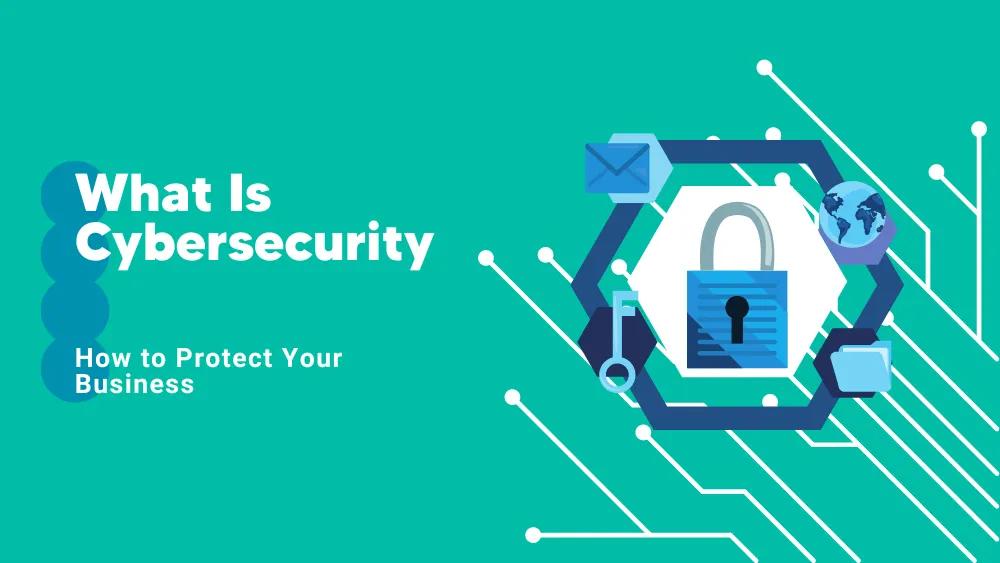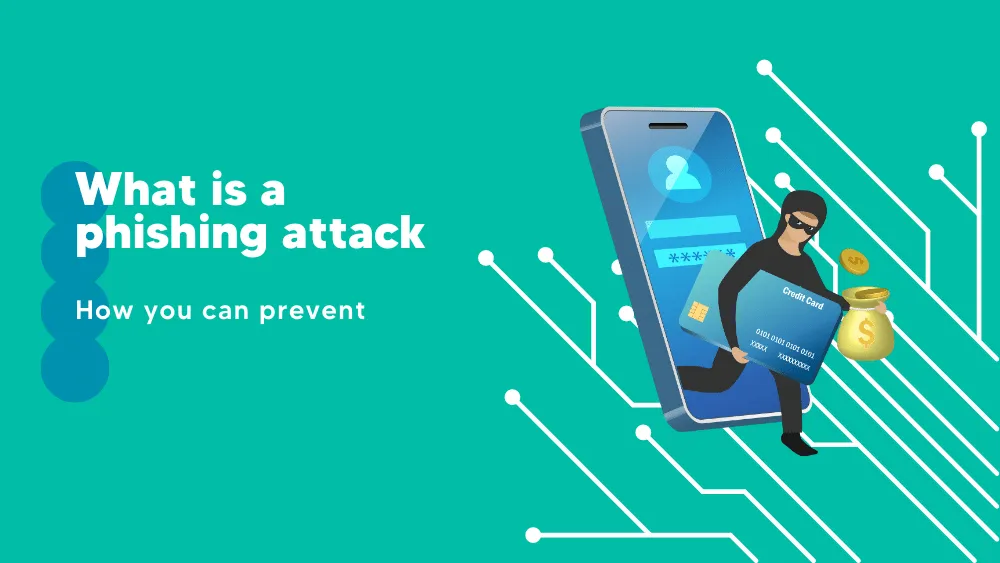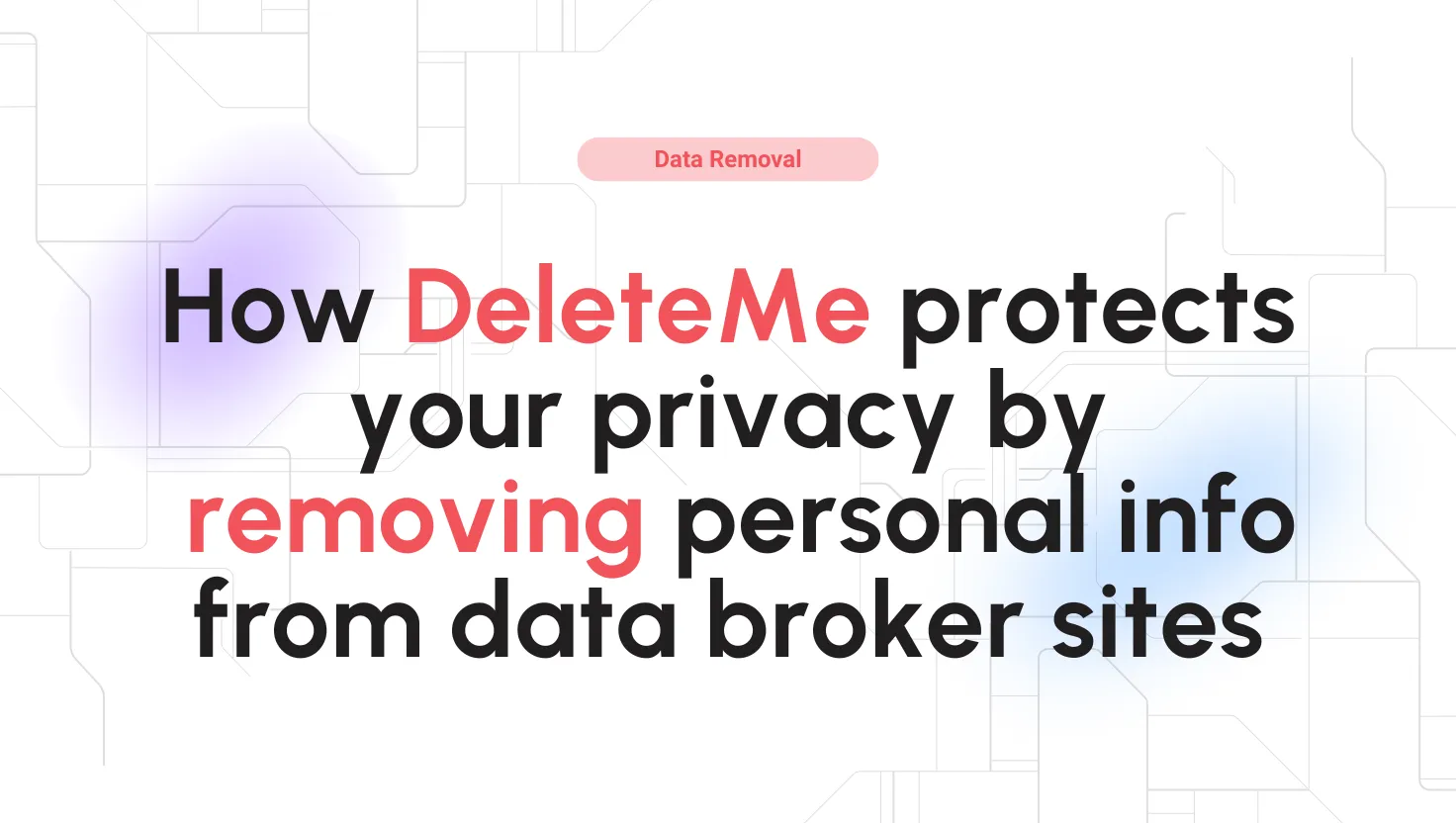We live in a world where there are more devices than people. And that makes protecting them against malicious cyber attacks more challenging. As an organization, you must protect your business assets, connected people, and devices against attacks. For that, you’ll need to utilize cybersecurity. We’ll explore more about cybersecurity, including its definition, types of cyber threats, and methods to protect against cyber attacks. We’ll also cover cybersecurity trends and the importance of cybersecurity for businesses. Let’s get started.
What is Cybersecurity?
Cybersecurity is the set of practices that use various applications, technologies, and solutions to protect Internet networks, systems, and data from cyber attacks.
Organizations can ensure their systems stay safe and operational by following a proper cybersecurity plan. However, it is not easy, as cyber-attacks have become more sophisticated, especially as computer networks are becoming complex.
Overall, it is vital to secure organizational networks as a data breach can cost $9.44M on average in the US. The cybercrime rates are at an all-time high, with attacks happening every 39 seconds, totaling 800K per year. Hackers target different types of industries. However, Healthcare is their number target, as they steal their data for ransom.
Types of Cyber Threats
Cyber threats always evolve as hackers innovate to try to beat sophisticated systems. It can be as simple as a phishing attack (tricking anyone with access to the network into clicking a malicious link) to modern cyber attacks that use polymorphic and multi-vector code to evade detection once it enters a system. To counter any threats, organizations need to implement proper threat detection that can keep up with different types of cyber threats. And, to deploy one, you’ll need to learn about the types of cyber threats. These include:
- Ransomware
- Malware
- Phishing
- Fileless attacks
- Distributed Denial of Service Attack (DDoS)
- Man in the Middle (MITM) attack
- Malicious apps
- Zero-day exploits
Let’s cover each one briefly, where we learn more about them, including going through real-world examples and potential impact on businesses.
Malware
Hackers try different ways to bypass the system’s firewall to inject malware. Once inside, it can stay inactive for a while before activating itself to disrupt and damage the system. A common type of malware is spyware, which violates organizational privacy by tracking personal activities and committing financial fraud.
One of the most destructive malware was the Emotet trojan (a type of malware) that attacked financial institutions to steal information such as bank logins. It spread through malicious emails and phishing campaigns, leading to millions of dollars in loss for affected banks.
Malware can have different types of effects on businesses. They can lose control of their system (such as ransomware) or lose their secret data to competitors. And then you have spyware that aims to commit financial fraud by tracking personal activities.
Ransomware
Ransomware is the most dangerous and destructive type of malware. Once infected, the ransomware takes partial or full control of the infected system. This means the user can no longer access the system or the stored data. The hacker uses ransomware to force the user to pay to regain access. Hackers ask the affected business to transfer through the blockchain network for anonymity.
It takes control of the system by encrypting complete or partial aspects of the user’s system. Once encrypted, only the hacker can unlock it as it has the private key for it.
Organizations need to stay proactive to prevent ransomware attacks. They can do it by setting up instruction detection or proper data backups. Apart from that, businesses should also train their employees to follow best practices. Covidlockis a popular ransomware in 2020. It attacks and locks Android devices instead of a $100 ransom per device.
Phishing
Phishing takes the number one spot when it comes to hackers’ methods for gaining access to a system. It relies on human mistakes to deceive them into clicking a link or opening an attachment. Once the error of opening a phishing link is made, the link exploits the target system, which can deliver malware, steal sensitive information, or commit financial fraud.
Phishing attacks are widespread and happen to individuals. However, businesses are also vulnerable to phishing attacks. One of the most significant phishing attacks took place at Nordea Bank. In the attack, the hacker acted as someone from McAfee, a digital data security company, and targeted Nordea customers with Trojan viruses, installing keyloggers in their system. It also redirected the customers to fake login sites, stealing their bank credentials and money within them.
There is no doubt phishing attacks are dangerous. They open a way for hackers to compromise the system — enabling them to install any type of malware. It can lead to data loss, compromised security, and even ransomware attacks.
Fileless Attacks
In Fileless attacks, the hackers try to bypass malware detection solutions that look for file content using signatures. To bypass it, the hacker molds the packages as “not” a file or simply transfers bits so that it rebuilds itself within the infected system. This method is harder to execute for hackers and hence harder to detect.
A popular real-world example is Fritzfrog botnet malware. It is a peer-to-peer malware that infected systems and used them for crypto mining.
For businesses, identifying fileless attacks is essential. As the hacker can remake the file, they can also use it to deploy a plethora of different behavior on the infected system.
Distributed Denial of Service Attack (DDoS)
DDoS is a popular way to disrupt the proper functioning of critical services such as healthcare. In this type of cyber attack, the malicious actor floods the critical server with fake requests, overloading it to crash or perform very slowly for actual requests even to take place. The purpose here is to disrupt the normal functioning of the service. Sometimes, the hacker asks for a ransom to stop the DDoS attacks.
For businesses, putting measures to stop DDoS attacks is essential, especially if they’re in critical service. They can build proper firewalls and filter packets so that DDoS doesn’t occur. If affected, it can crash, leading to downtime. It adds reputational damage and also adds costs to the business.
In 2020, AWS got stuck with a serious DDoS attack that used Connectionless Lightweight Directory Access Protocol(CLDAP) reflection. It increased the data sent by 70 times. In this 3-day attack, the attacker sent 2.3 terabytes per second.
Man in the Middle (MITM) attack
MITM attacks take place due to weaknesses in network security. Here, the eavesdropper finds a weak network point or simply breaks the connection into two pieces, getting a chance to peak into the encrypted content. For example, the hacker can set up a fake server and fool the server into sending encrypted data to it. Once the fake server receives the data, the hacker can unpack or modify it and forward it to the destination.
The MITM can have serious repercussions on business, including funds stealing and unauthorized access to systems with comprised accounts. Equinox found itself compromised when in 2017, its website got spoofed, leading to a data breach for 143 million Americans.
Zero-Day Exploit
It’s common for businesses to use patches to improve their system, be it functional or bug fixes. However, new software releases and updates are also vulnerable to exploits. Hackers can specifically target those systems and look for Zero-day exploits. Moreover, the news of zero-day exploit spread like wildfire, and if the organization fails to patch its system, they open its infrastructure to exploits.
Businesses must ensure that they always keep their system up-to-date. If your business uses critical services, you must keep close contact with the developers to resolve zero-day exploits with new patches.
Zerologon in 2021 got affected by the zero-day exploit. Their new patch had a vulnerability and scored 10 in Common Vulnerability Scoring System(CVSS). The exploit allowed hackers to initiate a vulnerable Netlogon session.
Apart from these common types of cyber threats, you also need to take care of the following attacks:
- Corporate Account Takeover (CATO): In this attack, the hacker acts as a business entity to send out unauthorized ACH and wire transactions.
- Emotet: It is an advanced banking trojan. It acts as a carrier for carriers and can infect banking systems with open exploits.
- Malicious Apps: Malicious apps on employee devices like phones can lead to compromised systems. Once connected to the organization network, the application can execute complex code to steal sensitive information.
How to Protect Against Cyber Threats
Undoubtedly, businesses should take appropriate measures to protect against cyber threats. To achieve complete protection, you’ll need to take various measures. These measures include:
- Always keep your software systems up to date. This’ll help you stop zero-day exploits. The best way to ensure proper updates is to use a patch management system that handles the updates automatically.
- A firewall is at the forefront of your network protection. It’ll help you to create network perimeter defense. You can install a hardware or software-based firewall that will scan packers for malicious intent. These firewalls are highly configurable, so network administrators can set them up per the organization’s requirements.
- To further protect your business against cyber threats, you must use an intrusion detection system(IDS). It is a real-time system that checks network traffic for malicious intent. IDS also protects the network and system from unauthorized access.
- Apart from protecting the network with IDS, you must also use an anti-virus protection solution. It doesn’t scan packets but looks for malicious activities by scanning files.
- Training your staff is very crucial. It doesn’t matter how robust your hardware or software-based protection is — as a hacker can always compromise a staff system to gain access. The best approach to training staff by ensuring that they check links before clicking, ensure the sender is legit, and, most importantly, use common sense.
- If your business is looking for better protection, you’ll need to use endpoint security that offers protection for endpoints (any connected devices). It monitors network movement and also enforces policies across different sub-networks.
Cybersecurity Trends
The best way to prepare your business against cyber threats is to keep up with trends. Let’s look at the latest cybersecurity trends below.
Statista reveals that there is a rise in cloud-based security solutions. It grew 27% from 2022 to 2023. The increase can be attributed to remote working policy due to the pandemic. Also, it is much easier for businesses to secure and transmit cloud data.
Artificial Intelligence(AI) has a huge impact on almost every sector. The same is true for cybersecurity with AI-powered threat detection systems. It enables systems to learn about new threats and automatically blocks them. Also, many companies are building AI-powered security systems capable of smartly protecting the infrastructure. These AI-powered systems can also implement the latest protocols and notify admins during attacks.
Automotive hacking has also seen an uprise. This is due to the increased use of software in cars. The hackers use vulnerabilities in wireless technologies such as Bluetooth and wireless fidelity(Wi-Fi) to access modern vehicles. The exploits can be as simple as eavesdropping to gaining vehicle control.
Mobile phones have also seen increased hacking as it enables hackers to gain access to personal information such as login credentials. If your employee gets affected, he can be a doorway to your business systems. With remote work gaining popularity, hackers have found new options due to the lack of the company’s control. Employees are prone to social engineering and phishing.
Importance of Cybersecurity for Businesses
Cybersecurity is not a luxury anymore. Any business dealing with data connected to the Internet must invest in better security platforms and practices. If you don’t take appropriate steps, you’re opening your business to potential consequences ranging from reputation damage to legal consequences.
It can also lead to increased costs related to cybersecurity expert fees, insurance premiums, public relations, etc. There’s also a cost associated with ransomware attacks where you either pay for the ransom money or take steps to strengthen the system and use your backups. Indirectly, you also suffer from operational disruptions, which means real people won’t be able to use your service for a certain period — leading to lost revenue.
Lastly, the biggest threat of cyber attacks is stolen intellectual property. This can harm competitive companies that rely on innovation. Any leak can cause them to lose sales and market advantage.
All of these can be mitigated with the help of proper cybersecurity. The goal is to make business infrastructure as secure as possible while having adequate backup plans to ensure smooth operation even if the inevitable happens.
The security tools to achieve cybersecurity depend on the scale of your business. For small companies, a firewall with Intrusion Protection(IPS), DNS protection, endpoint protection, cloud-based security, and email gateway security is proper tools to fight cyber threats. For medium and enterprise-level businesses, cybersecurity is way complex.
It requires the use of the network firewall, application firewall, network proxy, endpoint detection, and response, vulnerability patching, Intrusion Detection, and Protection Systems(IDS/IPS), Secure Operating Environment(SOE), and Identity and Access Management(IAM).
Conclusion
Protecting your business against cyber threats is as important as finding ways to reach a new audience. Without a proper cybersecurity plan, you’ll find your business in a mess of ransomware, identity thefts, eavesdropping, and operational disruption. Identifying network weak points and securing them with proper security tools is crucial.
And the best way to do so is to hire a cybersecurity expert. Security is hard, and if you’re running a modern business, the tech infrastructure and the people associated with it require careful planning, execution, and maintenance to be safe against cyber threats.







